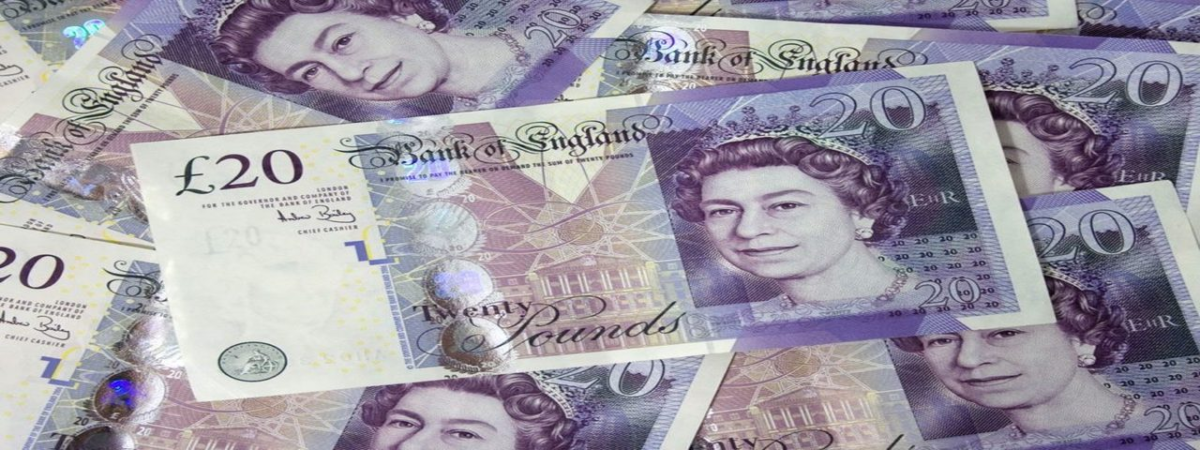From Crisis to Confidence: Macroeconomics after the Crash
SUGGESTED



In the IEA monograph From Crisis to Confidence I argue that the Great Recession and long slump were both consequences of policy mistakes. But to see how and why we need a more or less ‘Austrian’ theory that has not been part of mainstream macroeconomics in the recent past. Some of this Austrian theory is well established and some new.
The Great Recession was a classic Austrian trade cycle. A mistaken loose-money policy drove interest rates to inappropriately low levels. These ‘artificially’ low interest rates encouraged investment. They told investors that the public had become thriftier, that they had released resources for investment. This stimulus to investment is strongest for the most ‘interest sensitive’ sectors such as housing.
At the same time, however, those low interest rates discouraged the very savings they seemed to reflect. In this way, a loose money policy by the government’s central bank created inconsistencies between the plans of savers and investors. For a while everything seemed to be fine and we got a booming economy with growing output. But because of those plan inconsistencies, the boom could not have lasted. The ‘unsustainable boom’ had to end in a bust. That’s one way recessions can happen, and that’s what happened in the Great Recession.
Mainstream macroeconomics has not had room for the ‘interest rate mechanism’ that tells us the boom was unsustainable. It cannot adequately explain, therefore, the recent recession. Many mainstream economists have seen clearly, however, that the Great Recession was a matter of ‘sectoral shifts’ driven by inappropriately low interest rates. Mainstream macroeconomics may be ready absorb this piece of more or less Austrian macroeconomics. Today’s mainstream theory, however, does not seem to have an explanation for the long slump that followed the bust. Here too, Austrian theory can help.
A healthy economy recovers relatively quickly from a recession. This time, however, the recovery was slow. We have had a series of policy innovations and interventions intended to bolster the economy’s health. But the patient languished under the doctors’ care and we got the long slump, with employment low and growth slow.
The problem has been a series of policy innovations, which created economic policy uncertainty. Careening from one improvised policy to the next created uncertainty and knocked confidence out of the system. Mainstream macroeconomics today has been able to spot the empirical connection between an anaemic economy and economic policy uncertainty. But it has no solid theoretical explanation. In From Crisis to Confidence I outline a theory of confidence that helps to explain why recovery from the Great Recession has been so slow and painful.
The ideas I discuss in the monograph are rooted in an economic theory that rejects the mechanistic models of recent mainstream macroeconomics in favour of a more human vision of the economy and of economic theory. If people and particles are different, we need a theory about people to avoid the tragic policy errors that gave us the Great Recession and the long slump.
4 thoughts on “From Crisis to Confidence: Macroeconomics after the Crash”
Comments are closed.




Same old stuff. If land rent had been used as public revenue, instead of being privatised, we wouldn’t have amplified boom/bust cycles in the first place. Any economic slowdowns would have been automatically compensated by lower liabilities. That’s what happens when the value we create together is shared equally, and capital formation remains untaxed. Equilibrium. Very simple, no complicated explanations required.
That’s right Benji you have solved all of the worlds economic problems with your unicorn of how economics work. Now all we have to do is implement your rule of land rent and all of our human faults just disappear.
Hayek is absolute right – free market is better than government iron hand, but “We must understand that capitalism was created to deal with money, not with human beings”. Maxwell Vitor.
The market competition that we are witnessing today is like an athletic race: some citizens, well fed and accessing health and education systems are far ahead; most of the others are left unjustly behind: the fair and decent minimum that can be done is to put them all on the same line of departure, giving equal opportunities at the beginning.
Ronaldo,
“the fair and decent minimum that can be done is to put them all on the same line of departure, giving equal opportunities at the beginning.”
So we as a society of human beings need to do what God (whatever you believe in) could not. We as a society are suppose to make an “equal opportunity at the beginning”. How pretell are we to achieve this?
How is society suppose to make “humans” equal in strength?
How is society suppose to make “humans” equal in IQ/intelligence?
How is society suppose to make “humans” equal in height?
How is society suppose to make “humans” equal in looks?
How is society suppose to make “humans” equal in etc.?
Why does everyone use vague terminology for what they deem the world should function and then turn around and make everyone responsible for doing the work other than the people with the “ideas”?
Why is it that everyone has such an “ideal society”, yet when we ask them on the details or how it works they use vague terms and attack the people asking questions as not being moral for not seeing the world as they see it?
Why is it that everyone can see their unicorn of how society and economics works, yet when asked to prove this unicorn it is nowhere to be seen? Economic ideals of how humans should work is the same as believing in unicorns. Everyone has seen them but only in their imagination.